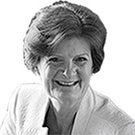The wonder of walking in Edinburgh: 'What an extraordinary city this is!'
Fiona Reynolds takes a long walk across the Scottish capital and sees it in a new light.
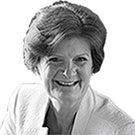
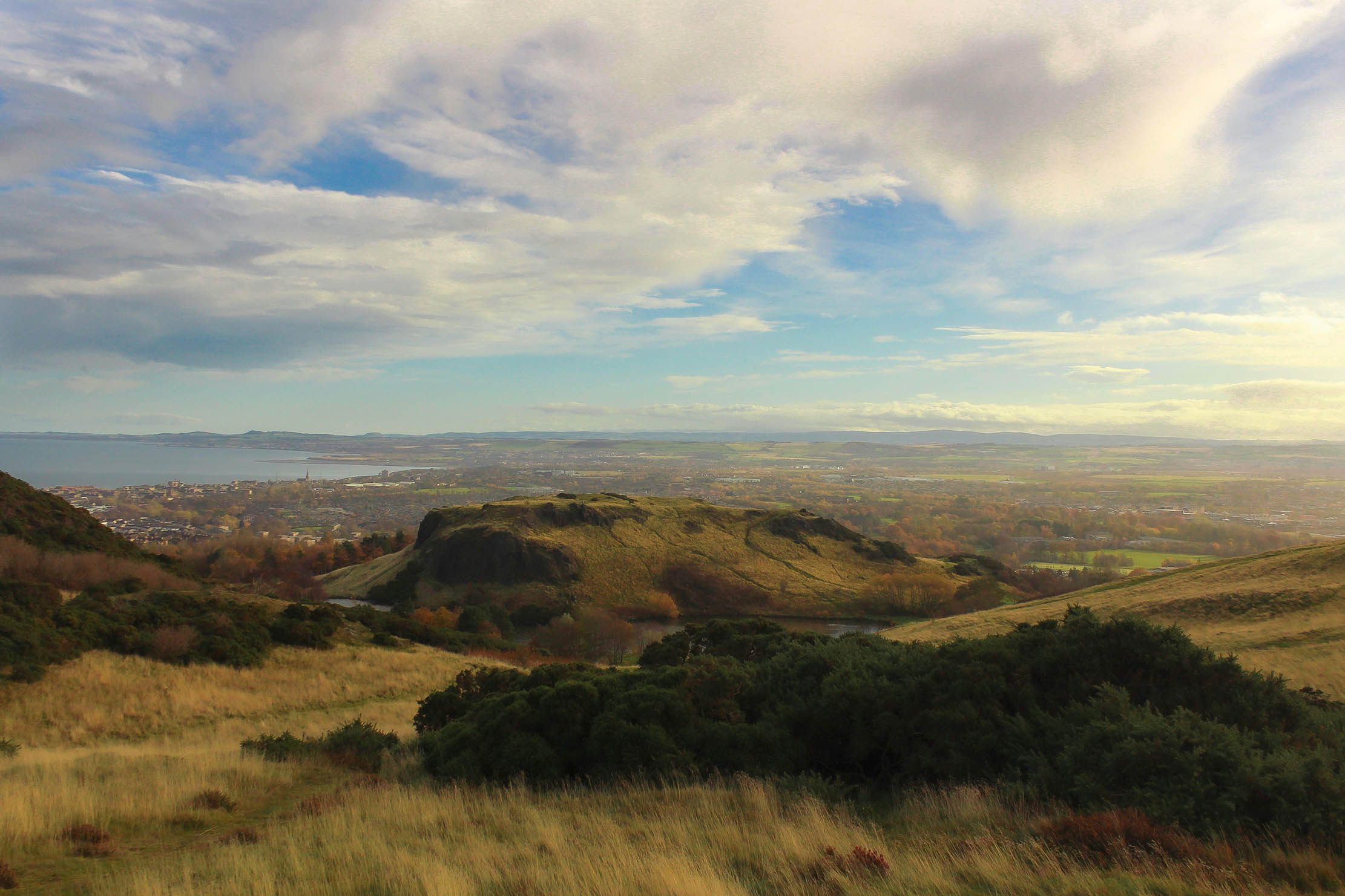
I’m travelling to Scotland in September’s beautiful sunshine to speak at a conference for lifestyle medicine, with the medics who address crucial public-health issues, including diet, exercise and wellbeing.
Speaking to a live audience again is a thrill and I love it, but I’m also thrilled by the opportunity to explore Edinburgh and its urban countryside, of which I’m soon to discover there is much to enjoy.
I’m staying near Haymarket, so I head for the nearest park (Bruntsfield Links and The Meadows) to pick up the John Muir Way. As he, the Scot who helped found America’s national parks, is a hero of mine, that’s an obvious place to start. The great hump of Arthur’s Seat appears against the skyline and its draw is irresistible.
I walk towards it, reaching Holyrood Park under a blazing sun. I see paths winding up the hill and a large number of people on top — it can’t be far. It isn’t and, in half an hour, I’m there myself, the steep climb rewarded by spectacular views in all directions: over the Firth of Forth, towards the Pentland Hills and of the city itself, the castle sitting snugly on its volcanic outcrop way below me.
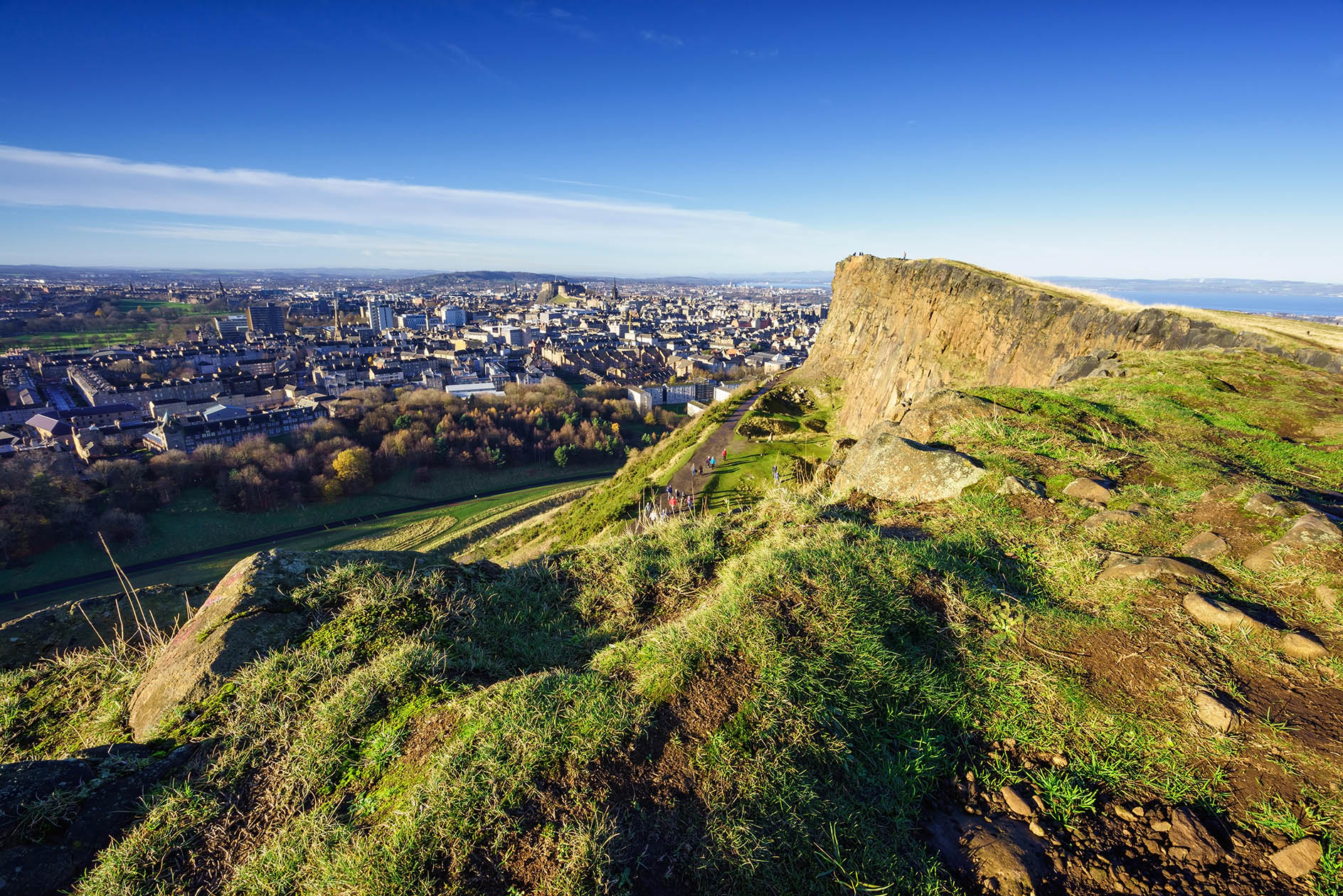
I descend to the ruins of St Anthony’s Chapel down a long, blackberry-strewn path. I pass St Margaret’s Loch and Well before reaching Holyrood Palace, suddenly finding myself at the eastern end of the Royal Mile and back in the city proper. I walk up the Mile, the gift shops becoming more elegant and the streets more crowded as I reach the fringes of the castle; Scott’s striking monument dominating the skyline across the railway. Then I’m in the castle courtyard, a wide sweep of cobbles with its own panoramic views. What an extraordinary city this is!
My descent from the castle is steep, but easier than from Arthur’s Seat, down a long row of steps, Castle Wynd North. I walk round the castle, the edge of Princes Street garden and across the New Town to reach the River Leith. I am already stimulated by a mountain climb in the heart of a city and the grandeur of Edinburgh’s architecture, but here is another mood, another wonder.
The River Leith rises in the Pentland Hills and tumbles its way to the sea. Here, a handful of miles inland, it’s still a young river, its sparkling water, waterfalls and weirs twisting and turning around ancient rocks and obstacles, embedded in the lived fabric of the city.
Exquisite houses, the beauty of Nature, and how to get the most from your life, straight to your inbox.
The water glimmers as I join the famous Water of Leith walkway, running right by the river. Sadly, a recent rockfall means I have to climb out and meander through Edinburgh’s cemetery before I can rejoin the path, but the next hour or so is a joy, following the walkway inland, past the Murrayfield Stadium, Antony Gormley’s bronze figure in the weir by the art gallery and on, on, on, until I reach a small junction near the prison.
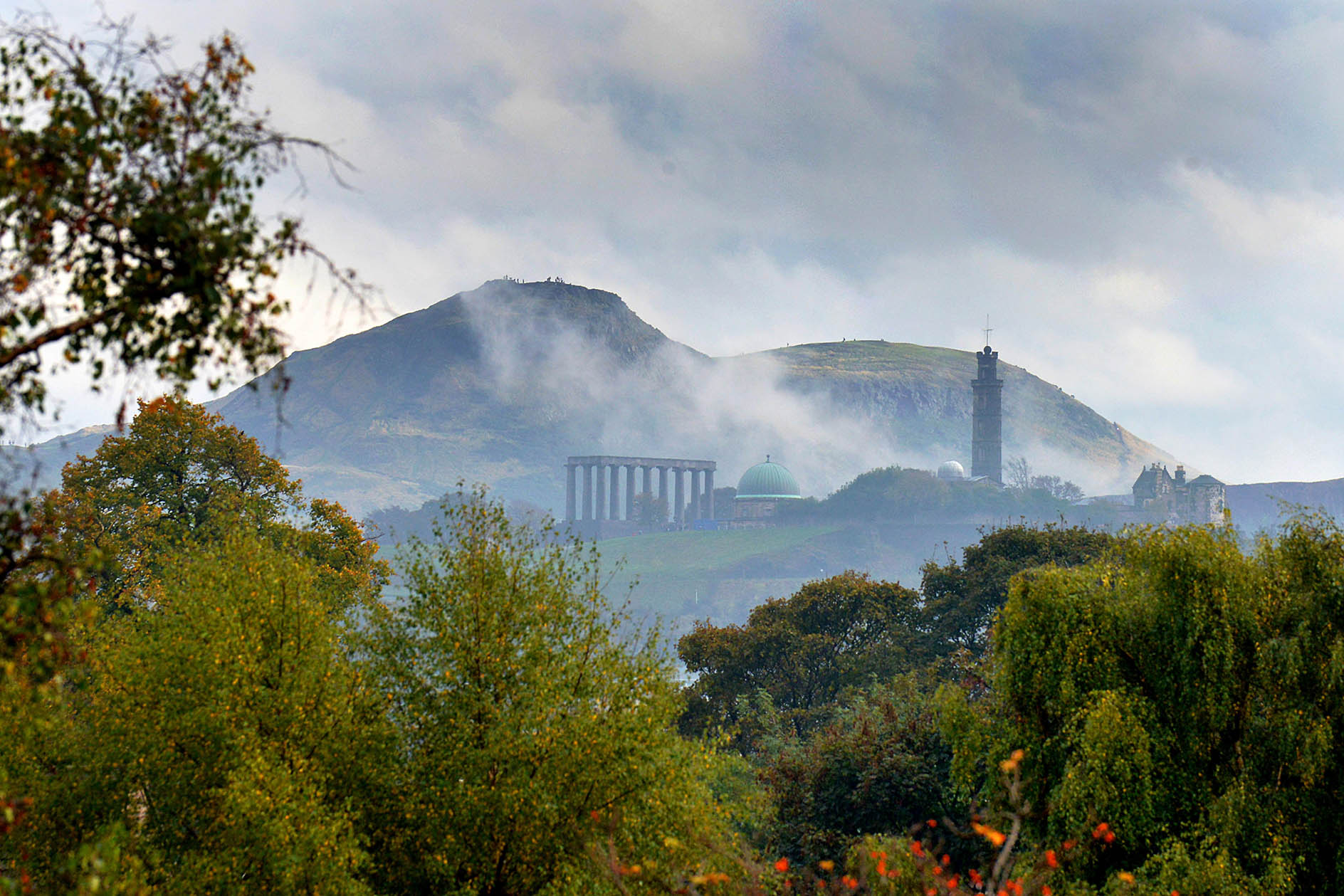
As I turn back towards the city, I’m in for another surprise. I climb up and out of the river to find that the Union Canal, on a series of impressive viaducts, forms my route back to Haymarket.
In the evening sunshine, it’s a picture of harmony: a narrowboat gently negotiating a family of swans and eight beefy cygnets; young people rowing (one boat having dumped its crew in the river, the cause of much hilarity) and families enjoying the lovely evening.
I finish at the Lochrin basin where, as I approach, a band of Scottish pipes starts up. The musical throbbing fills my heart. By the time I reach Haymarket, I calculate I’ve walked 15 miles and seen this beautiful city, with its inbuilt countryside, in a way I’ve never seen before and may never again.
Fiona Reynolds is a passionate walker and the author of ‘The Fight for Beauty’
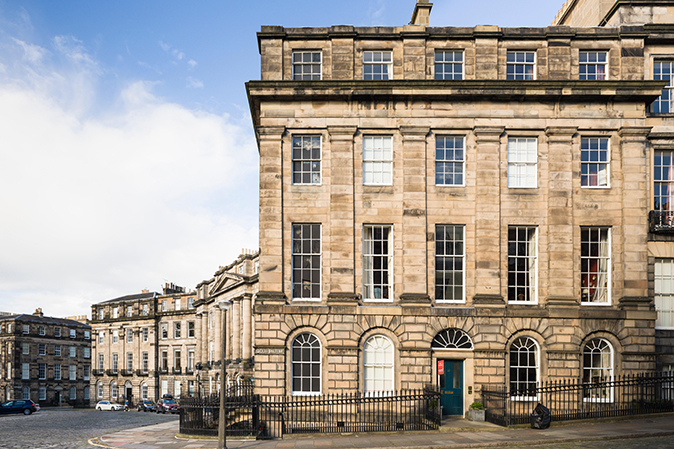
The beautiful Edinburgh streets and buildings which are the stars of ITV's Belgravia — thanks to a sprinkling of production magic
If you've been wondering where ITV's Belgravia is filmed, the answer may surprise you: Edinburgh. Ali Wood paid a visit
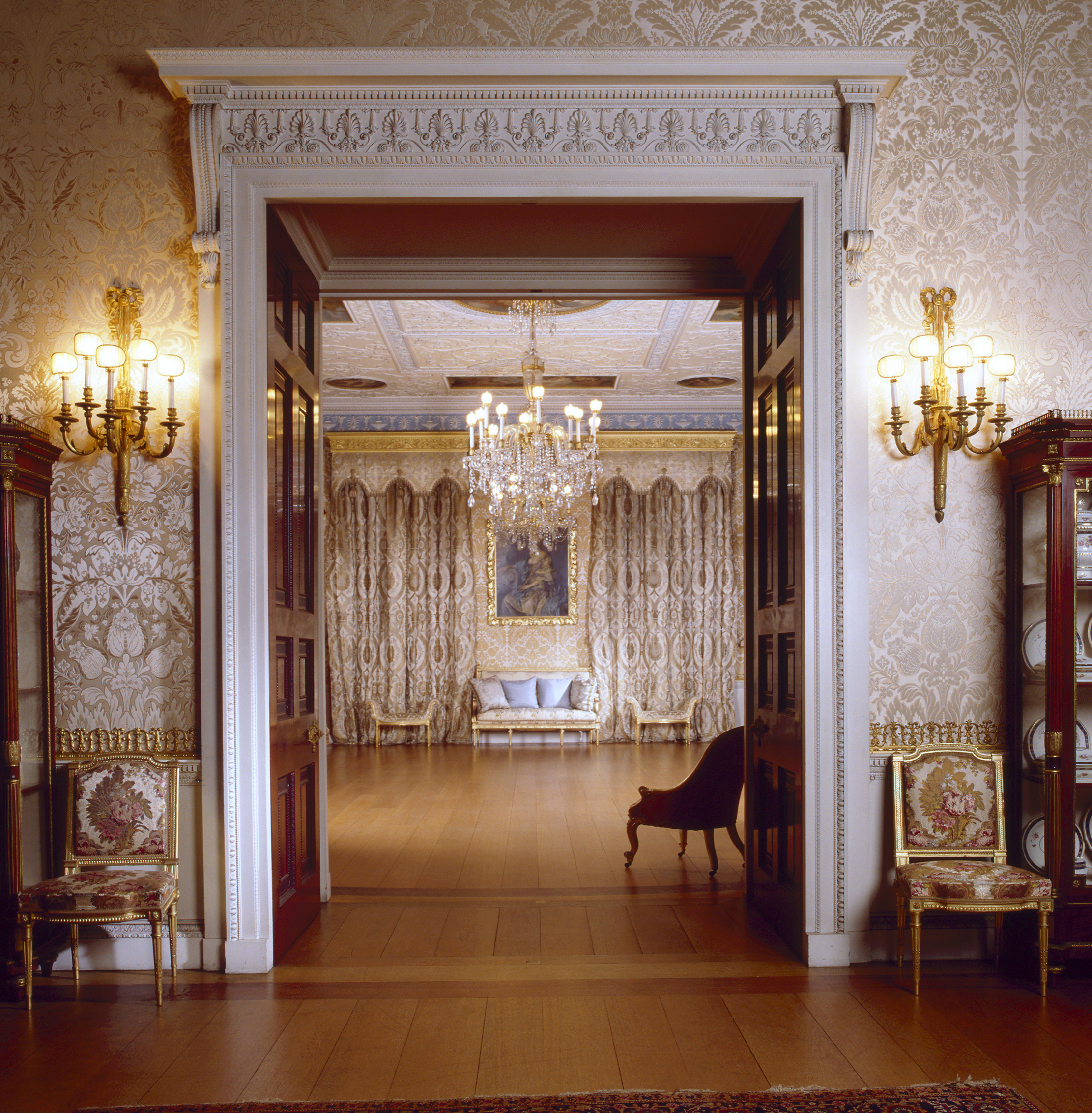
Belgravia: How ITV's 'new Downton Abbey' is set to make a star of a great Scottish country house
Fiona Reynolds is chair of the Food, Farming and Countryside Commission, the former director-general of the National Trust, former Master of Emmanuel College, Cambridge, and the author of The Fight for Beauty. Follow her on Twitter @fionacreynolds.
